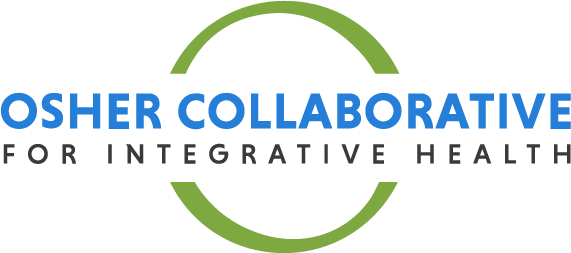Study by Dr. Maria Chao Shows Holistic Approach May Ease Suffering in Vulnerable Populations

Peer-Support, Healing Hands Offers New Options to Patients with Chronic Pain on Prescription Opioids
A program providing group support, acupuncture, mindfulness, massage and gentle exercise may offer safe, extra relief to patients on prescription opioids, according to a study led by researchers at UCSF.
The study, published Feb. 20, 2019, in the Journal of General Internal Medicine, tracked the impact of a program for low-income, at-risk patients with chronic pain at Tom Waddell Urban Health Clinic, a San Francisco Department of Public Health primary care clinic in San Francisco’s Tenderloin neighborhood. The clinic is the flagship health care site for the homeless population, and where UCSF medical students are trained and mentored.
“Opioids are often prescribed to patients with moderate-to-severe pain from chronic health conditions, or for pain following injury or surgery,” said first author Maria T. Chao, DrPH, MPA, of the UCSF Osher Center for Integrative Medicine. “Because of the potential dangers of opioid use, we wanted to see if a multimodal, non-pharmacological program could decrease pain levels and stabilize prescription opioid use in vulnerable patients with high rates of pain and barriers to care.”
The study compared 41 participants who had been on prescription drugs such as hydrocodone, oxycodone and methadone for at least three months with 20 other would-be participants who expressed interest in the program. The researchers found a 12 percent drop in pain intensity in the study participants, compared with no change in pain among the comparison group.
“In the context of the current opioid crisis, we are thrilled to be able to offer hope to those suffering from chronic pain that safer, evidence-based, effective therapies are available,” said co-author Joseph Pace, MD, Director of Primary Care Homeless Services and Medical Director of Tom Waddell Urban Health. “Chronic pain has a way of hijacking people’s lives. This study shows that even the most vulnerable can find ways to take charge of their chronic pain and have a better quality of life and that’s very exciting!”
Click here to view the full article.
Click here to read the study published in Journal of General Internal Medicine.

